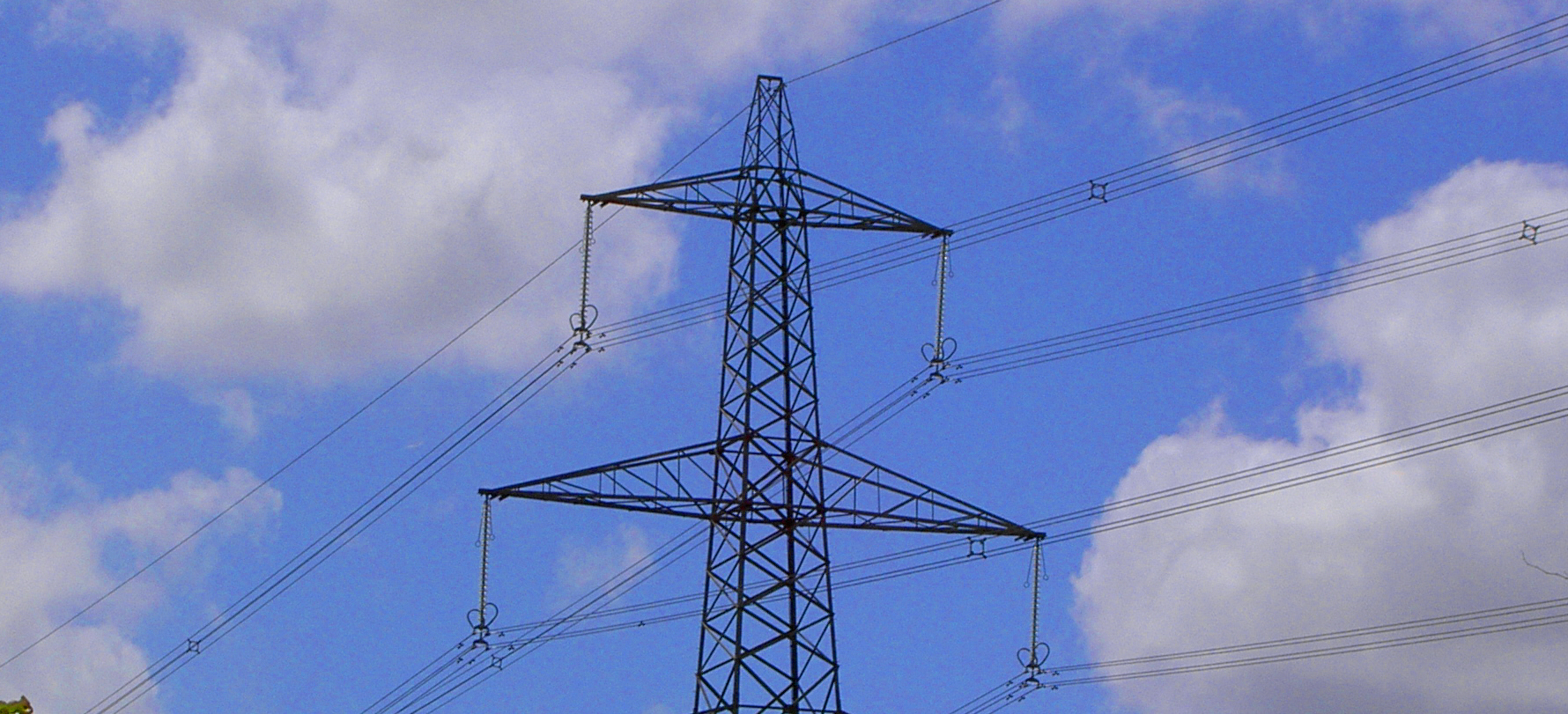|
Electrically conductive ceramics are generally
used in some form of electrochemical cell, in
which interfacial conditions at the surface of
the ceramic are critically important for
obtaining optimum performance from the cell. To
ensure optimum performance it is essential that
when installed in the application the ceramic
is clean and dry. Ionically-conductive ceramics
such as sodium beta”- alumina are very
sensitive to atmospheric humidity. Other
beta”-aluminas e.g. silver, potassium,
hydronium, strontium and barium tend to be less
sensitive. Conditions in which the material can
be safely stored are described
below.
Storage
Ionotec ceramics are usually supplied wrapped
in heat-sealed aluminium bags. As long as the
bags have not been cut open or damaged, no
special storage conditions are needed. The bags
can be cut open using a sharp knife or
scissors. After opening, the ceramics should be
stored in dry conditions. There are a number of
options, from which any one can be chosen
according to convenience:
Long-term
storage
-
In glass tubes fitted with airtight rubber
bungs
-
In a desiccator cabinet or plastic box with
dry inert gas supply, e.g.
nitrogen
-
In a freezer unit at around -20°C or lower.
In this condition an airtight seal is not
needed. However the ceramic should itself
be wrapped in a plastic bag, so that when
removed from the freezer the bag and its
contents can thaw to room temperature
before opening the bag. In this way
condensation of water directly onto the
ceramic surface is avoided. In any of the
above conditions the shelf life of the
ceramic will be several
years.
Short-term
storage
-
In a dehumidified air cabinet at < 10%
RH
-
In a refrigerator at < 5°C, or in a
freezer compartment at below 0°C (in a
sealed bag as described above, to prevent
condensation of water on removal from
storage)
-
In a hot air oven at around
80°C.
In any of these conditions the shelf life of
the ceramic will be several weeks. Storage
conditions which are not recommended
are
-
In a desiccator cabinet containing silica
gel
-
In a vacuum drying
cabinet
These methods are not recommended because
sodium beta”-alumina itself is a more powerful
desiccant than other common drying agents such
as silica gel, and vacuum cabinets are seldom
leak-tight, resulting in continuous inward
suction of fresh moist air. Handling Ionotec
supplies the ceramics specially treated to
ensure that the surface is free of
contamination. They can be handled with most
types of laboratory gloves e.g. cotton,
lint-free, clean-room or disposable
polyethylene. Contact with paper, plastic and
other ceramics is generally not detrimental to
the surface condition, but contact with
metallic parts and with bare hands should be
avoided since these will cause contamination
which may seriously reduce the life of the
ceramic in operation.
Cleaning
Provided that the ceramics have been stored and
handled as recommended above, no cleaning
operation is necessary. If the ceramic surface
has become contaminated, one of the following
non-destructive procedures is
recommended.
-
Washing in hot (70°C) demineralised water
with ultrasonic agitation for 15 minutes
maximum, followed by rinsing and drying in
hot circulating air
-
Heat treatment at a temperature in the
range 600-1000°C for one hour, with a
heat-up rate of not more than 300°C per
hour. 1000°C is satisfactory for sodium and
potassium beta”-aluminas; for other
ion-exchanged beta”-aluminas 600°C may be
the limit owing to the risk of thermal
decomposition.
General
Advice
Ionotec’s beta”-alumina ceramics have been
operated successfully for periods of up to 10
years in demanding applications including
batteries and electrochemical reactors. We can
provide users with considerable expertise in
obtaining the maximum performance with these
products; please do not hesitate to discuss
this with us.
|




 Time in London
Time in London